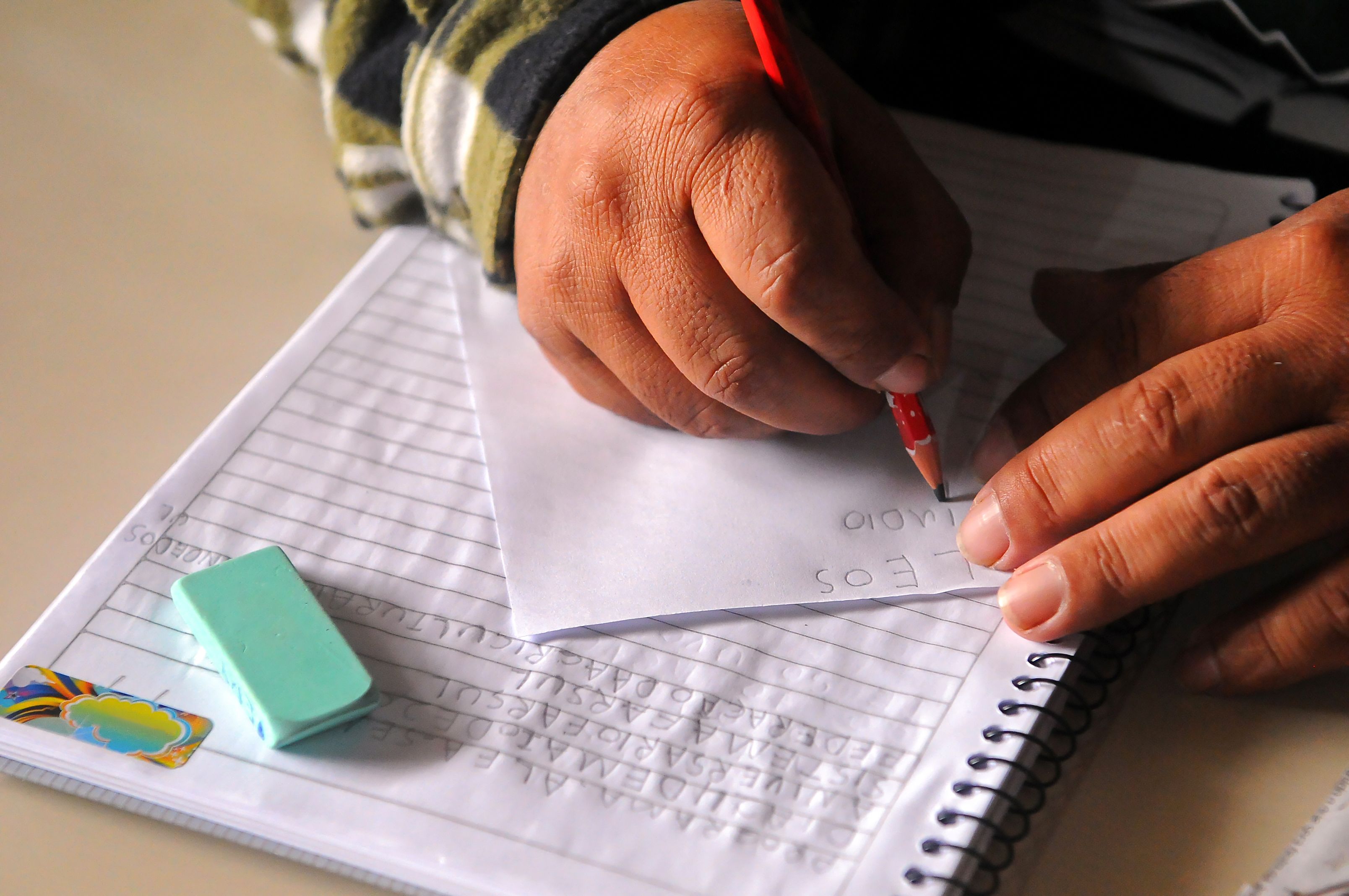Exploring Barriers and Cultural Impacts on Adult Literacy
JT
Understanding Adult Literacy
Adult literacy is a critical component of personal and societal development. It encompasses the ability to read, write, and comprehend information, enabling individuals to participate fully in society and the economy. However, achieving literacy is not merely about learning to read and write; it involves overcoming various barriers and understanding the cultural factors that influence educational opportunities.

Identifying Common Barriers to Adult Literacy
There are several barriers that adults face when trying to improve their literacy skills. These barriers can be broadly categorized into educational, economic, and social factors. Understanding these obstacles is essential for developing effective strategies to promote adult literacy.
Educational barriers include limited access to quality educational resources. Many adults did not have the opportunity to complete formal education due to circumstances beyond their control. This lack of foundational education can make it challenging for them to engage in further learning.
Economic Challenges Impacting Literacy
Economic barriers play a significant role in adult literacy. Individuals from low-income backgrounds often struggle to prioritize education due to financial constraints. The cost of educational materials, transportation, and even time away from work can be prohibitive for those living paycheck to paycheck.

Programs aimed at improving adult literacy must consider these economic challenges by offering affordable or free educational resources and providing flexible learning schedules that accommodate work commitments.
Social and Cultural Influences
Cultural perceptions of education can also impact adult literacy. In some cultures, there may be a stigma attached to adults pursuing further education, especially if they are perceived as too old to learn. Additionally, gender roles in certain societies may limit educational opportunities for women, further exacerbating literacy disparities.

Addressing these cultural barriers requires a sensitive approach that respects cultural norms while advocating for the benefits of literacy for all individuals, regardless of age or gender.
The Role of Community Support
Community support is vital in overcoming these barriers. Local organizations, libraries, and community centers can serve as hubs for adult education, providing not only resources but also a supportive environment where adults feel encouraged to learn.
Volunteers and educators working within these communities can offer personalized support and mentorship, helping to build confidence in learners and create a positive learning experience.
Technological Solutions for Literacy
The rise of digital technology offers new opportunities for addressing barriers to adult literacy. Online courses and mobile apps provide flexible learning options that fit into busy schedules. Technology can also facilitate access to a wide range of learning materials that might otherwise be unavailable in certain regions.

By leveraging technology, education providers can reach a broader audience and offer tailored learning experiences that meet the diverse needs of adult learners.
Conclusion: A Collaborative Effort
Promoting adult literacy requires a collaborative effort that involves educators, policymakers, communities, and learners themselves. By understanding and addressing the barriers faced by adults seeking to improve their literacy skills, we can create inclusive educational opportunities that empower individuals and strengthen societies as a whole.
As we continue to explore these challenges and implement innovative solutions, we must remain committed to fostering an environment where lifelong learning is accessible for everyone.
